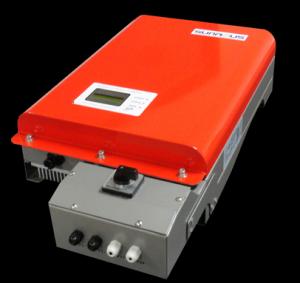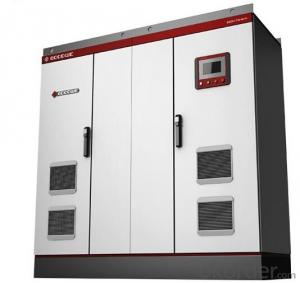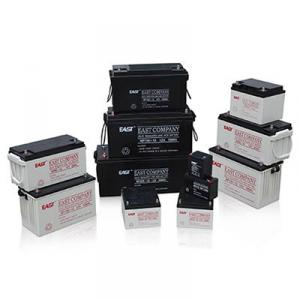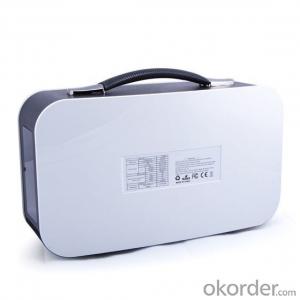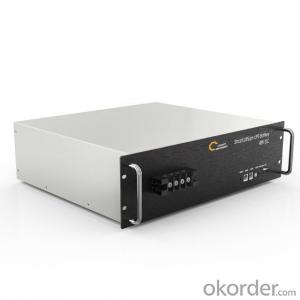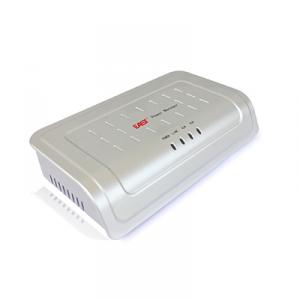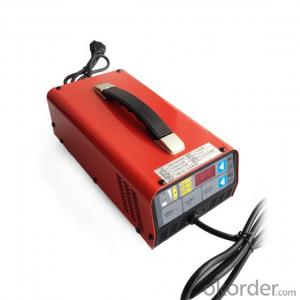Ge Brilliance Solar Inverter
Ge Brilliance Solar Inverter Related Searches
Ge Solar Inverter Ge Lv5 Solar Inverter Go Solar Inverter Go Power Solar Inverter Glow Power Solar Inverter Pro Solar Inverter Lg Solar Inverter Solar Electric Inverter Solar Solar Inverter Ae Solar Inverter Voltronic Solar Inverter Inspire Solar Inverter High Quality Solar Inverter Solar Energy Inverter Ja Solar Inverter Sun Solar Inverter Solar Pro Inverter Deye Solar Inverter Ginlong Solar Inverter Smart Solar Inverter Lg Inverter Solar Grape Solar Inverter Solar Battery Inverter Galaxy Solar Inverter High Voltage Solar Inverter Good Solar Inverter Buy Solar Inverter Solar Smart Inverter Rich Solar Inverter Sunshine Solar InverterGe Brilliance Solar Inverter Supplier & Manufacturer from China
Ge Brilliance Solar Inverter is a high-performance product designed to optimize the efficiency of solar energy systems. These inverters are engineered to convert the direct current (DC) generated by solar panels into alternating current (AC) that can be utilized by homes and businesses. They play a crucial role in ensuring that solar energy systems function at their maximum potential, thereby reducing reliance on traditional energy sources and promoting sustainability.The Ge Brilliance Solar Inverter is widely used in various applications, including residential, commercial, and utility-scale solar installations. It is particularly suitable for grid-tied systems, where the inverter's primary function is to synchronize the solar energy output with the grid's frequency and voltage requirements. This ensures a seamless integration of solar power into the existing energy infrastructure, enhancing the overall efficiency and reliability of the system.
Okorder.com is a leading wholesale supplier of Ge Brilliance Solar Inverters, boasting a vast inventory to cater to the diverse needs of customers worldwide. By offering a comprehensive range of inverters, Okorder.com ensures that solar energy enthusiasts and professionals can find the right product for their specific requirements. Their extensive stock and competitive pricing make them a reliable choice for those looking to invest in high-quality solar inverters.
Hot Products
































